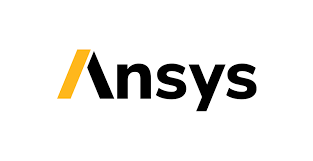The Top Trend in PCB Design: Simulation Software

Trends in printed circuit board (PCB) design often point by high-density interconnect (HDI), biodegradable PCBs and flexible PCBs. However, one trend that seems to be overlooked is the increasing availability and use of simulation software to facilitate thorough analysis and optimization.
PCB Simulation Software: Design & Refine
Sealevel’s in-house engineering team utilizes software from Ansys to simulate and refine PCB performance early in the design process. Since 1970, Ansys has evolved as a global leader in engineering simulation, giving engineers the “superpower” to effectively predict how solutions will perform long before prototyping commences.
Currently, the Sealevel engineering team is using Ansys software to evaluate a new PCB that will ultimately be part of a COM Express-based controller system for the energy industry. Initial evaluations focus on the signal integrity on high-speed differential pairs. Simulations at this stage will include frequency and Time Domain Reflectometry (TDR) response for each net or differential pair. These initial results will help identify areas for improvement and any design modifications that could potentially optimize the PCB’s performance.
With the use of the software, our team is capable of employing these methods:

- S-parameter (scattering parameter) extraction
- Insertion loss simulation
- Return loss simulation
- TDR simulation
- Near-end crosstalk (NEXT) and far-end crosstalk (FEXT) simulation
Optimized SI for Reliable Communication
Following analysis of these results, structures within the PCB layout can be optimized to maximize signal integrity (SI), ensuring reliable high-speed communication.
This robust evaluation approach encourages improved pass rates for physical prototypes and also allows for detection, and addressing, of potential field failures that may not otherwise be detected until the solution is deployed. Additionally, optimization techniques can be applied to future designs, further enhancing the overall capabilities of Sealevel’s engineering team.
Other Trends in PCB Design
HDI helps address the combined desire for smaller devices with higher performance. HDI allows for fewer layers on a board, increasing signal transmission speeds.
With the continued, and increasing, focus on global warming and the role that manufacturers play, more environmentally-conscious practices have moved from a trend to a necessity, especially for ISO-certified companies.
Flexible PCBs handle stress and bending much better than historically rigid boards. And with the adaptability for any shape or size, they are favored for through-hole PCB assembly.
Categories:
